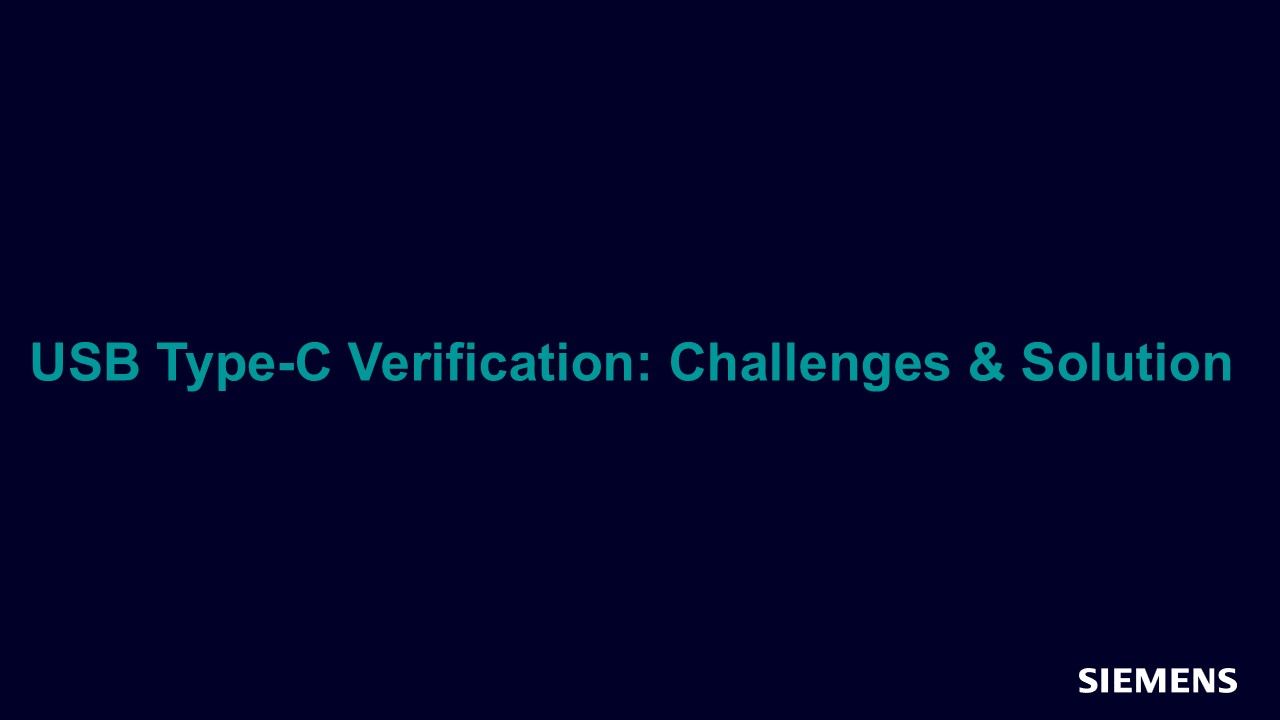USB Type-C Verification: Challenges & Solution
The standard USB connector that we are most familiar with is USB Type-A. Even as the USB data interface moved from USB1 to USB2 and then to USB3, the connector has remained the same. It is a massive connector and plugs in only one way.

Full-access members only
Register your account to view USB Type-C Verification: Challenges & Solution
Full-access members gain access to our free tools and training, including our full library of articles, recorded sessions, seminars, papers, learning tracks, in-depth verification cookbooks, and more.